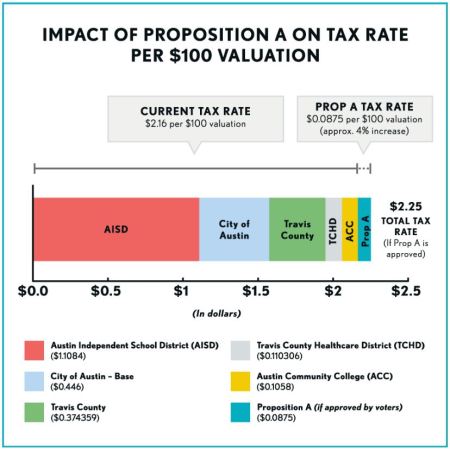
Support Project Connect mass transit plan in this crisis? Definitely Yes
31 October 2020♦
The $7.1 billion Project Connect mass transit plan – with two electric light rail lines, intersecting in a downtown subway, plus a network of vastly expanded and upgraded bus lines, running a new fleet of electric buses, and a new extension of the MetroRail diesel-powered light railway – is certainly Austin’s most ambitious mass transit plan to date, and possibly the most ambitious initial urban rail starter system yet proposed for any U.S. city. It represents the culmination of nearly 50 years of planning and intrepid effort by grassroots transit advocates, and unity between those who favored urban rail in an eastside-ABIA route and those favoring a central “spine” following the Guadalupe-Lamar and South Congress corridors.
To fund the local share of Project Connect, the City of Austin has placed Proposition A on the ballot, seeking voter approval of a substantial increase in the municipal property tax rate. City and Capital Metro (transit authority) leaders and planners expect federal funds to supplement nearly half of the investment cost of the plan.
Unfortunately, the Prop. A vote occurs as Austin, and of course the entire USA, writhes in the midst of a disastrous pandemic and concomitant deep economic and social crisis. Mass unemployment, widespread small business failures, rising evictions, foodbanks overwhelmed by mile-long queues of families – these are among the signals of massive distress, perhaps surpassing the Great Depression of the 1930s. Under these conditions, it’s understandable that even some otherwise firm, longtime supporters of public transport are hesitant or reluctant to embrace Prop. A and the tax measure
But in this very context of distress, now is precisely the crucial time to launch a massive public-works project like Project Connect to help resuscitate a semi-collapsed economy and provide a wide variety of new job opportunities. Furthermore, such an infusion of public funds will almost certainly have a multiplier effect – in particular, putting money in people’s pockets to support the many restaurants and other small businesses currently struggling to stay afloat.
While Prop. A would authorize a city tax rate increase averaging about 20%, that affects just a portion of total property taxes (Travis County, AISD, etc.); thus the total rate increase would amount to only about 4%. (See graph below.) Nevertheless, the hard reality is that, dollarwise, for most of us, this is a very hefty tax increase, averaging several hundred dollars for typical homeowners. In other words, in dollar terms the increase would be about as much as a typical monthly car payment.

Actual impact of property tax rate change would average about 4% increase in total taxes. Source: City of Austin.
But that that same ballpark amount for the “transit tax” would be an annual amount, not a monthly cost. In other words, the transit “payment” would be roughly 1/12 of the total annual payments on a typical car loan. (Of course, the car loan probably gets paid off in 4-5 years, but then at some point you’ve got to take out another one to replace your old car.)
So what do we get for the 1/12th of a car loan payment? With the major new flow of revenue, besides the new light rail lines (and subway) – including a rail connection to the ABIA airport – Capital Metro plans to increase frequency on virtually all bus routes, making them more accessible and feasible to use. There would be many more park & ride facilities to help with access to transit. Additional MetroRapid bus routes, with high-frequency service throughout the day, would be added and extended across the city.
By far one of the most useful innovations, especially for more outlying suburban areas and other neighborhoods with less access to fixed-route services, is the expansion of the “pickup-circulator” minibus/van system into 15 new zones – a system currently operating experimentally that functions somewhat like Uber/Lyft, but at far lower cost, to connect homes or other origins with major transit stops or other destinations. This service might not totally eliminate the need for a car, but it might reduce total driving (thus maintenance costs) and possibly eliminate the need for a second car in some households.
Certainly, this is a very difficult time for a big tax rate increase, and no matter when, it would be burdensome for most of us. However, let’s keep in mind that the rate hike would most likely begin with the 2021 assessment, probably becoming due sometime in early 2022. Hopefully we will all be climbing out of this disaster by then, and a major new Project Connect public works project would be injecting essential jobs and cash into the economy to help with the process of revitalization.
■


Leave a comment